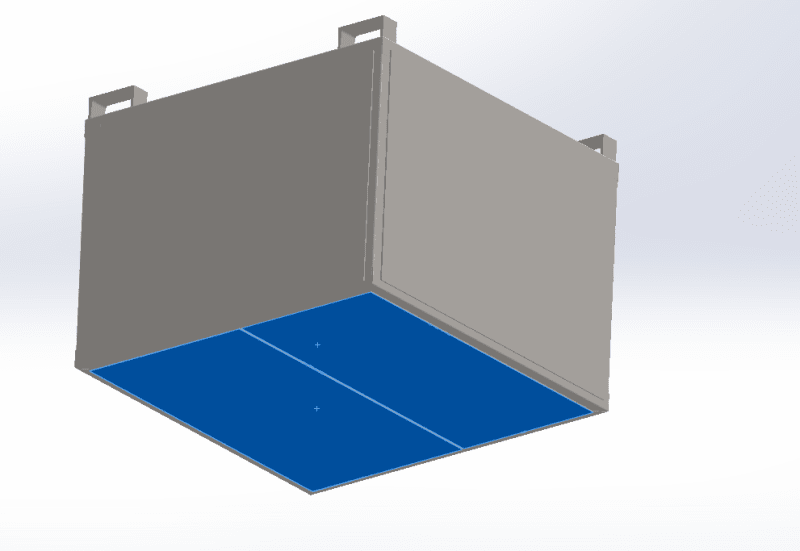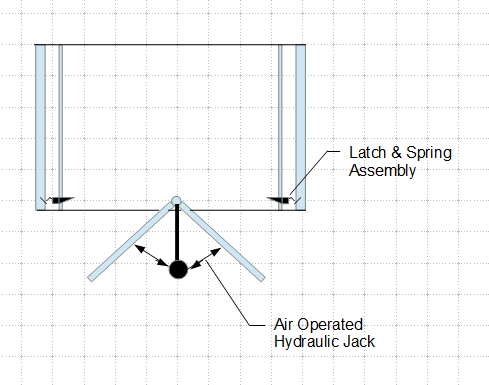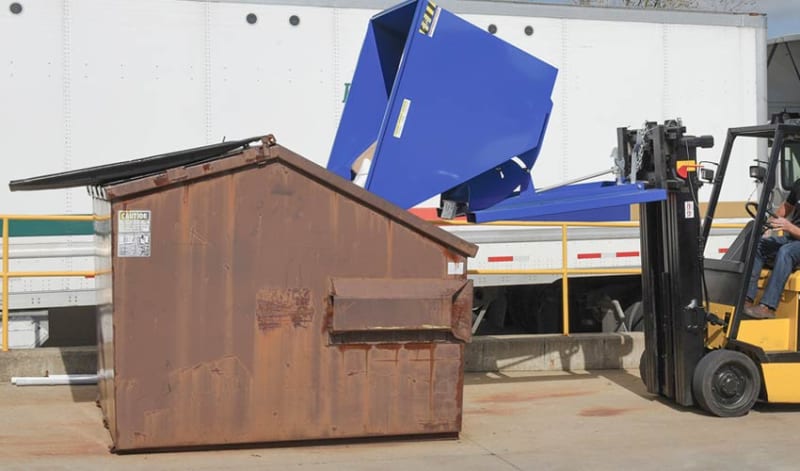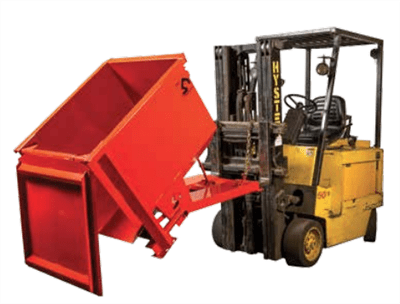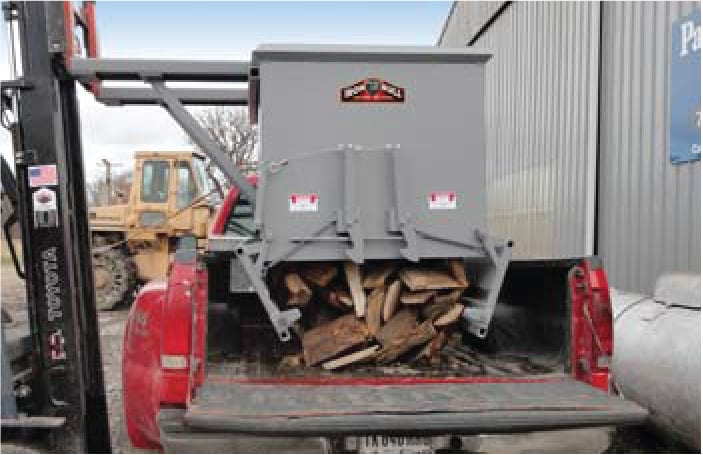Hi everyone, sorry for the late reply, I really appreciate all the answers.
As for your questions:
@desertfox
The box is to be used to transport ash with a forklift, the forklift would lift the box and a huge bag would be attached to the bottom through hooks on the side of the box (not visible on the sketch model) followed by the opening of the bottom through a mechanism activated on the side of the box (the bottom is not accessible due to the bag). I don't really know the type of ash but apparently its not too heavy, the customer specified that 4mm sheet metal doors are okay. They weigh around 30 kg (15 each).
@robyengIT
Sudden discharge is not a problem.
@Jboggs Sorry for the incomplete info
Do the doors have to operate simultaneously or can they operate separately? Not important, whatever is easier to pull off mechanism wise.
Are we talking manual actuation only? (Meaning no electric, pneumatic, or hydraulic) Yep, manual only is the current focus, but if its too complicated and expensive we would have to of course consider a pneumatic or hydraulic solution.
What kind of load do they have to withstand from above? I will have to check with the customer because i dont have the exact density of the ash involved, but as with the duty cycle i think the loads are not very significant.
Will there be any load on them when they are closing? No
When opening do they have to travel a full 90 degrees? Can they stop at 45 degrees or some other position? 45deg might be a problem, 60 looks good, 90 ideal.
Do they have to create a full seal when closed (air tight, water tight, powder tight)? Not really, its not a clean factory, and the ash could leak a bit.
How often will they operate? What is the duty cycle? Not sure, but not that often that it would be relevant. I would say once a week.
@JStephen
Interesting. A pry bar solution is really interesting here. It would enable activation from a distance, which would be useful or from the side which is a must. I will give it a look and try to come up with something less heavy duty.
@Compositepro
Another interesting idea, I thought about something similar but I couldnt figure out how to open the whole thing from the side of the box, as I said in a previous answer the whole bottom is not accessible when the box is to be opened. A sort of a bag will be attached on hooks that will be welded on the lower part of two sides of the box.
@r13
If the medium wasnt ash this would be a solid solution. But other than that the customer is currently demanding we exhaust all possible mechanical solutions before moving on to pneumatic or hydraulic.
